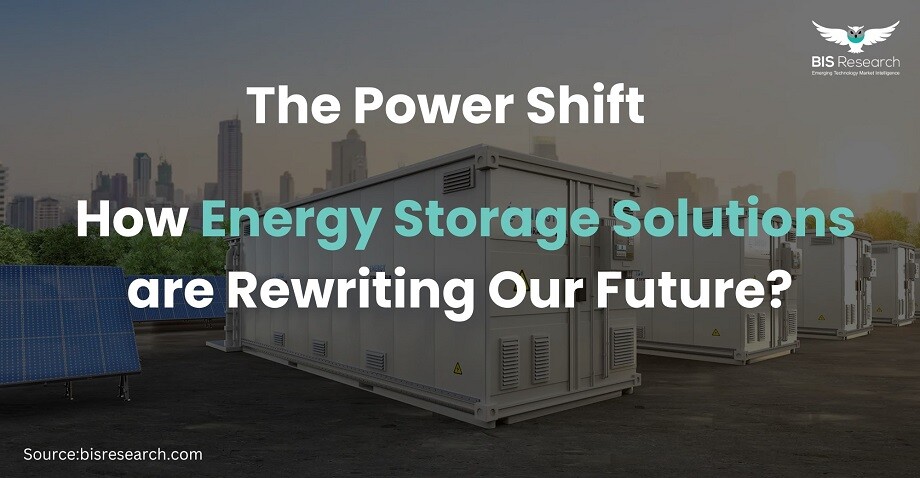
As the world shifts toward a more sustainable energy future, two essential innovations are emerging as key drivers of the energy transition: energy storage solutions and next-generation fuel technologies. Energy storage plays a vital role in capturing and releasing energy when needed, while next-generation fuels like hydrogen, biofuels, and synthetic fuels promise to revolutionize how we generate, store, and consume energy. Although energy storage technologies are leading the charge in the current energy revolution, next-generation fuels are also playing an increasingly significant role in shaping the future of clean energy.
This article delves into the latest breakthroughs in energy storage and explores how these innovations, combined with the development of next-generation fuels, are transforming the way we approach energy storage and sustainability.
Energy storage systems are technologies that store excess energy for later use, ensuring a reliable and stable supply of electricity when demand peaks. These systems are especially important for incorporating intermittent renewable energy sources, such as solar and wind, into the energy grid. By storing energy when supply exceeds demand, energy storage solutions can help balance the grid, enhance energy access, and promote the widespread adoption of renewable energy sources.
The energy storage sector is evolving rapidly, with a variety of systems currently in use or under development. These systems include batteries, mechanical storage, thermal storage, and hydrogen storage, all of which are crucial to reducing our dependence on fossil fuels and creating flexible, resilient energy grids.
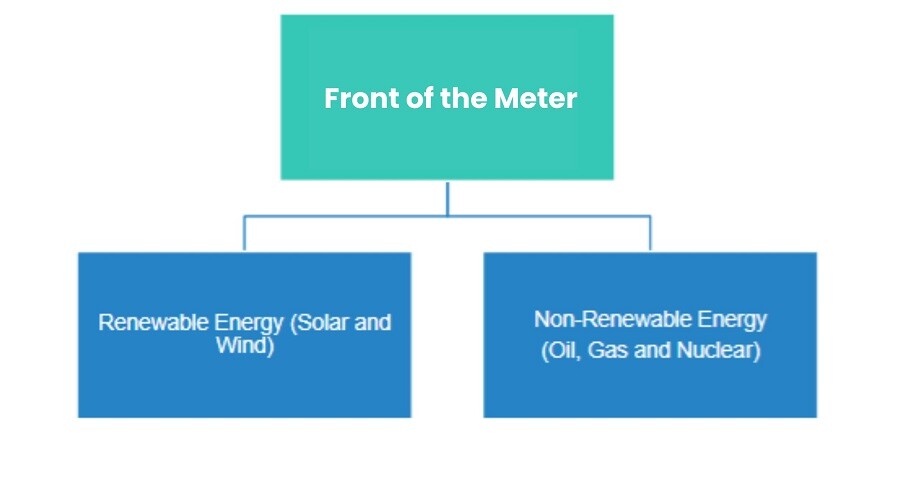
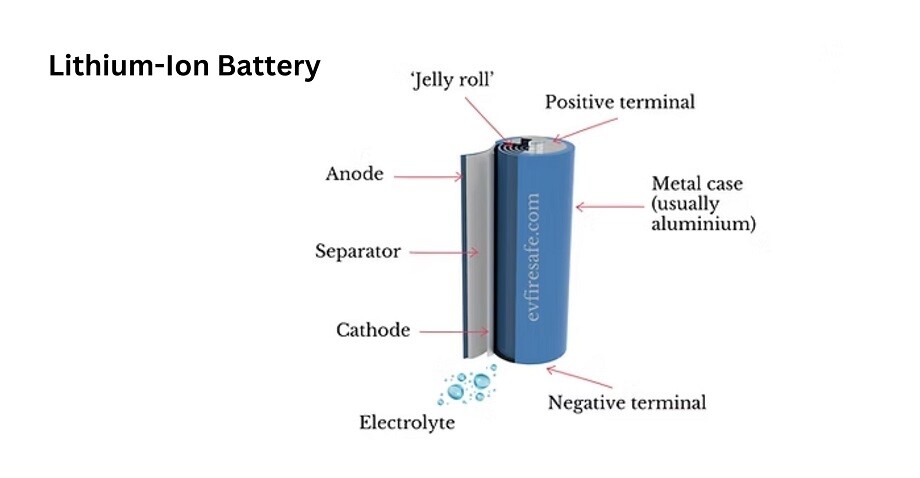
Proton batteries are an emerging energy storage technology offering a safer and more sustainable alternative to traditional lithium-ion batteries. They work by using protons instead of lithium ions for energy transfer, potentially enhancing energy density and stability. This could lead to more efficient, longer-lasting batteries with fewer environmental impacts, paving the way for greener technologies in electric vehicles and renewable energy storage.

Mechanical energy storage technologies store energy as kinetic or potential energy, making them particularly useful for large-scale, long-duration storage.
Thermal storage technologies capture and store energy in the form of heat, which can later be converted into electricity or used for heating.
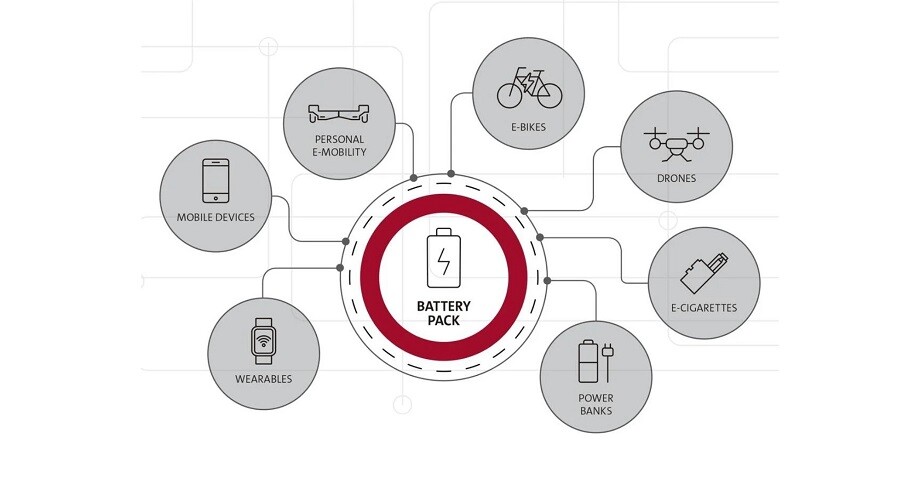
Hydrogen is a versatile energy storage solution with immense potential for both electricity and fuel needs. Produced through renewable energy via electrolysis, hydrogen can be stored for later use.
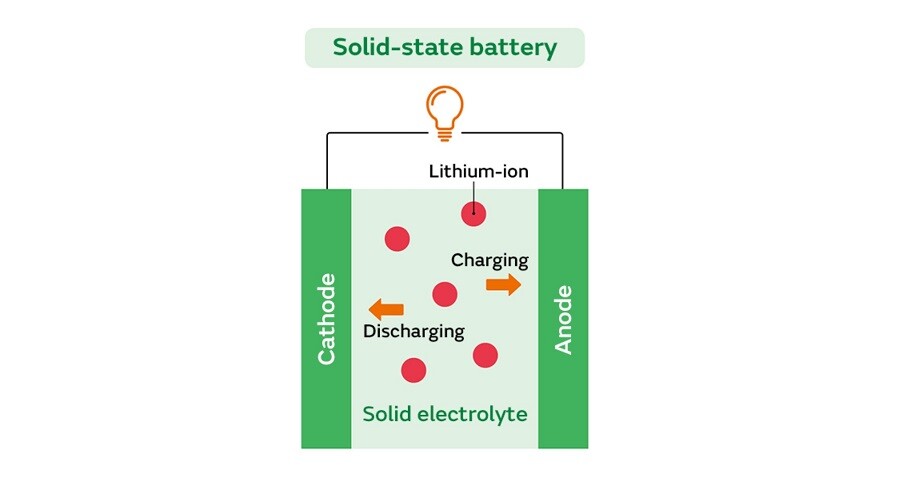
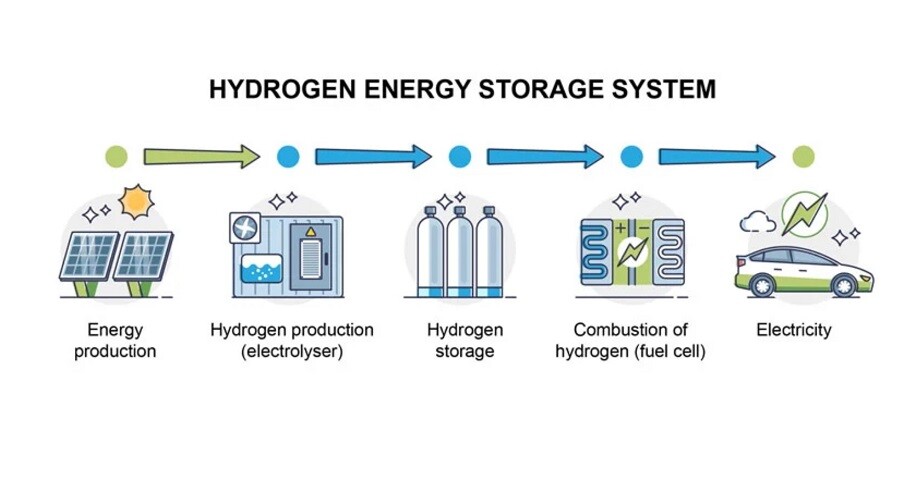
Access insights on - The Evolution of Hydrogen: From Gray to Green
The energy storage sector is rapidly evolving, driven by the need for sustainable solutions to support renewable energy integration. Here are three companies making significant strides in energy storage innovation:
Fluence, a joint venture between Siemens and AES, is at the forefront of energy storage technology. The company specializes in high-capacity lithium-ion battery systems tailored for various applications. Their flagship products, Gridstack and Sunstack, provide grid-scale energy storage and optimize solar energy capture, respectively. Fluence’s advanced energy management systems enable flexible peaking capacity and frequency regulation, crucial for integrating renewable sources into the grid. By focusing on customizable solutions, Fluence is enhancing the reliability and efficiency of energy systems worldwide.
As a leader in renewable energy generation, NextEra Energy operates the largest battery storage capacity in the U.S., with over 3,000 MW of operational battery systems. The company’s innovative projects include the Manatee Energy Storage Center, which pairs a 409 MW battery system with solar power, showcasing their commitment to sustainability. NextEra's strategic investments aim to achieve 81 GW of renewable energy and storage by 2027. Their focus on lithium-ion battery banks across various facilities underscores their dedication to advancing green technologies while ensuring grid stability and efficient energy management.
Form Energy is pioneering multi-day energy storage solutions designed to address climate change challenges. Their innovative ion-air battery technology utilizes iron, water, and air as active components, allowing for electricity storage for up to 100 hours at minimal costs. This system is competitive with traditional power plants and emphasizes sustainability and scalability. Form Energy's approach aims to create a reliable electric grid powered entirely by renewables, making them a key player in the transition towards a clean energy future.
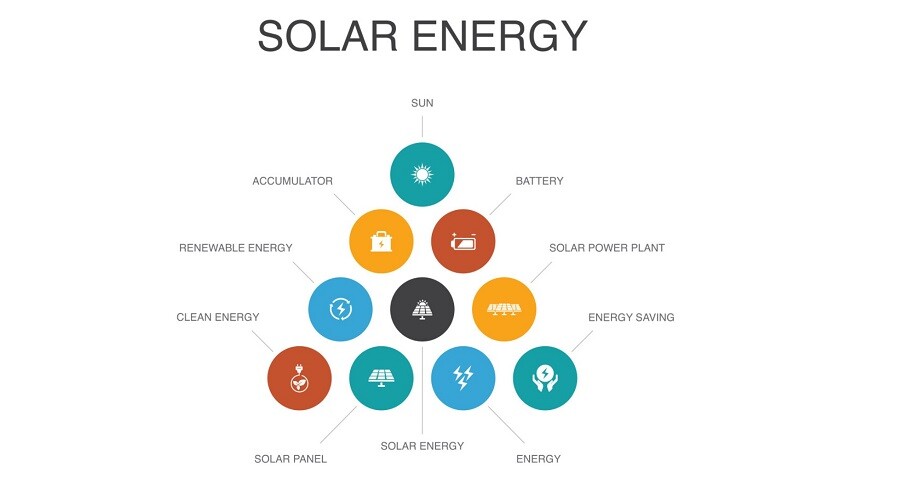
Artificial intelligence (AI) is revolutionizing energy storage by optimizing systems in real time. AI-driven algorithms can predict energy demand, adjust storage systems, and ensure the most efficient operation of batteries and fuel cells. These advancements are increasing the overall efficiency of energy storage systems, extending the lifespan of technologies, and lowering operational costs.
As the demand for energy storage and next-generation fuels grows, so does the need for sustainable practices. Innovations in battery recycling are helping to reduce the environmental impact of storage systems, while hydrogen production is being optimized to reduce energy consumption. Similarly, biofuel production is becoming more efficient, contributing to more sustainable energy solutions.
The business model of Energy Storage as a Service (ESaaS) is emerging, allowing consumers and utilities to access energy storage without owning the equipment. This model provides a more accessible and flexible option for residential, commercial, and industrial applications, expanding energy storage capabilities globally.
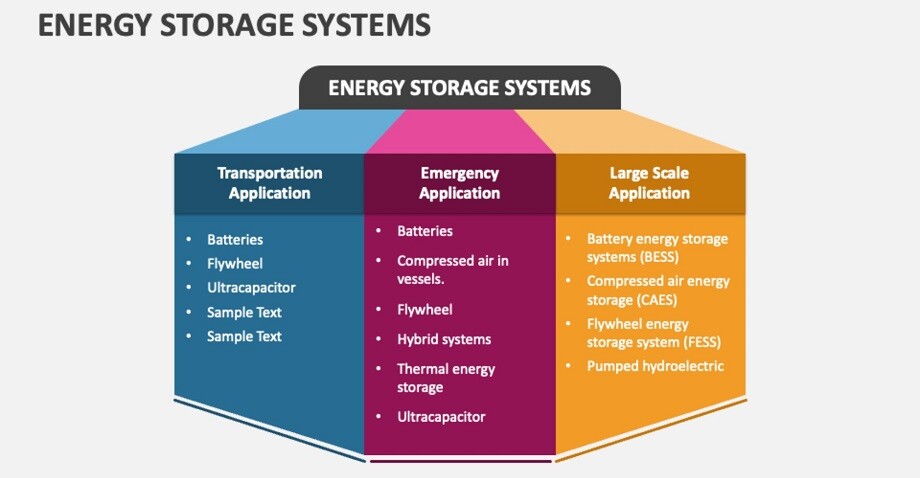
The future of energy storage is promising, with continual advancements in efficiency, scalability, and cost-effectiveness. Technologies like solid-state batteries, flow batteries, and hydrogen storage are expected to play key roles in transforming the energy grid and advancing the global shift to renewable energy.
As energy storage continues to improve, its integration with next-generation fuels will be critical for achieving a sustainable, low-carbon energy future. Together, these technologies will enable the large-scale integration of renewable energy, support the electrification of various sectors, and provide cleaner alternatives to fossil fuels.
Energy storage solutions are central to the clean energy transition, ensuring the stability and reliability of renewable energy sources on the grid. As technologies like lithium-ion batteries, hydrogen storage, and mechanical storage continue to evolve, they will play a crucial role in how we manage and consume energy. Next-generation fuels like hydrogen and biofuels provide cleaner, more sustainable alternatives to fossil fuels, particularly in sectors that are difficult to electrify.
With these technologies advancing, energy storage and next-generation fuels will work hand-in-hand to build a cleaner, more resilient energy system that meets the needs of the global population while reducing our environmental impact. The future of energy storage is not just about managing energy—it's about transforming the way we power the world.